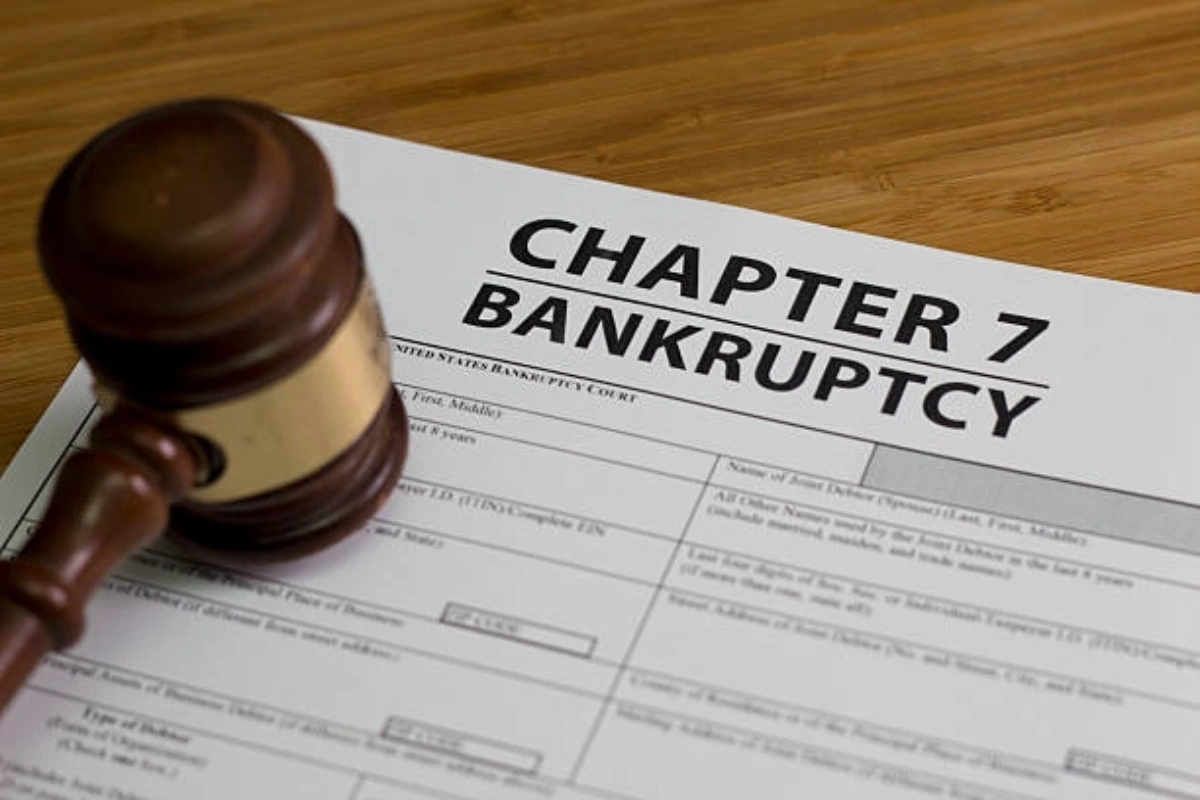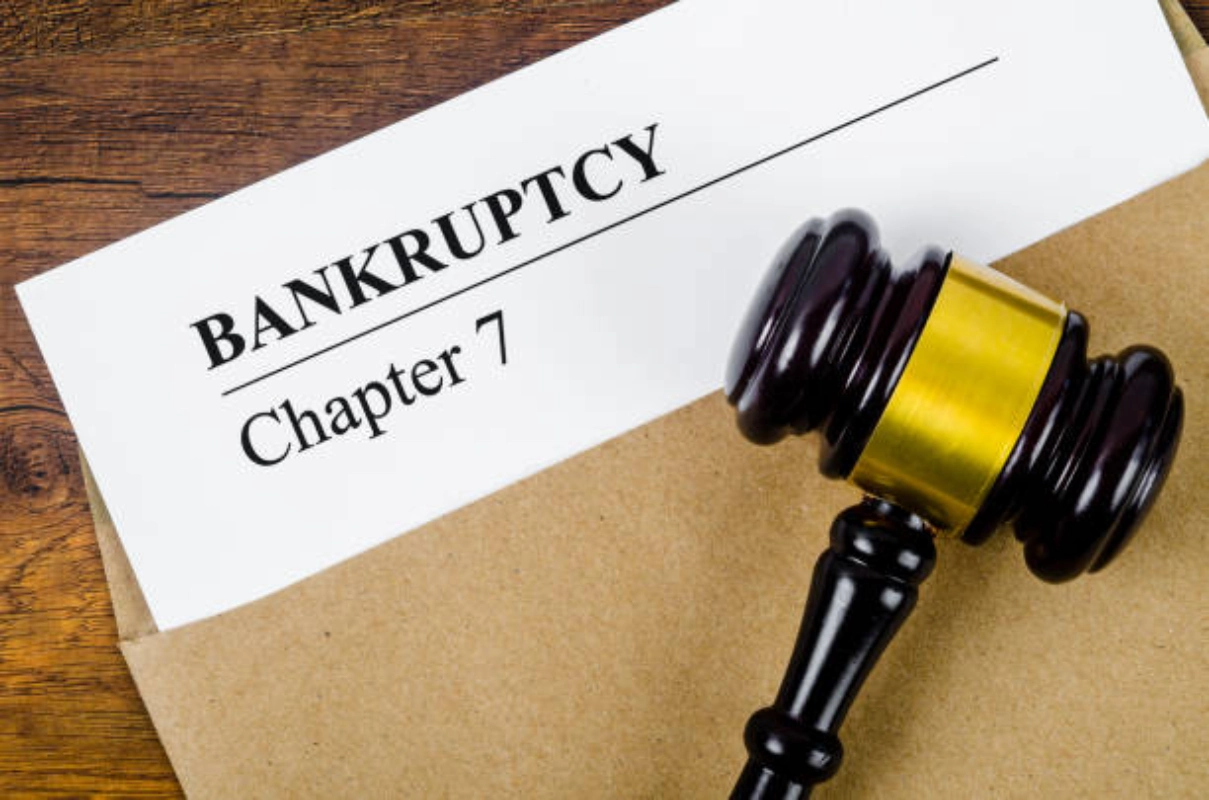Bankruptcy Explained: Chapter 7 vs. Chapter 13 in Texas
Struggling with debt? Bankruptcy can provide a fresh financial start. In Texas, two common types of bankruptcy—
Chapter 7 and
Chapter 13—offer different solutions depending on your financial situation. Understanding the differences can help you choose the best option for your needs.

What is Chapter 7 Bankruptcy?
Chapter 7 bankruptcy, also known as “liquidation bankruptcy,” helps individuals eliminate most unsecured debts, such as credit card bills and medical expenses. It’s a fast process, typically completed within 3–6 months, and does not require a repayment plan. However, some of your assets may be sold to pay creditors.
Who Qualifies for Chapter 7?
- You must pass the means test, which evaluates your income level.
- If your income is below the Texas median income, you likely qualify.
- Ideal for individuals with little to no disposable income.
👉 Looking for other financial solutions? Check out
Debt Relief Options in Texas to explore alternatives before filing for bankruptcy.
What is Chapter 13 Bankruptcy?
Chapter 13 bankruptcy, also known as “reorganization bankruptcy,” allows you to keep your assets while repaying debts through a court-approved plan. It’s a good option for those who have a steady income but need relief from overwhelming debt.
Who Qualifies for Chapter 13?
- You must have a regular income to make monthly payments.
- Your secured and unsecured debts must be within the allowed limits.
- Suitable for homeowners trying to avoid foreclosure.
For official guidelines on filing for bankruptcy, visit
U.S. Courts Bankruptcy Information to understand the legal process in detail.
Which Bankruptcy Option is Right for You?
If you have a low income and mainly unsecured debt,
Chapter 7 bankruptcy in Texas may be the best option. However, if you want to
avoid foreclosure and can commit to a repayment plan,
Chapter 13 bankruptcy might be the right choice.
For more details, check out our guide on
How to File for Bankruptcy in Texas and take the first step toward
financial freedom.

Ready to connect with top legal professionals? Get immediate support— Call us at 877-550-8911.
Connect with Our Legal Team
FAQ
1. How do I know if I qualify for Chapter 7 bankruptcy in Texas?
You must pass the means test, which compares your income to the median income in Texas. If you earn below the median, you likely qualify.
2. Will bankruptcy wipe out all my debts?
Bankruptcy eliminates most unsecured debts like credit cards and medical bills, but some debts (student loans, child support, and certain taxes) usually cannot be discharged.
3. Can I keep my home if I file for bankruptcy in Texas?
Yes. Texas has strong homestead exemptions that protect your primary residence, especially under Chapter 13.
4. How long does bankruptcy stay on my credit report?
Chapter 7 stays on your credit report for 10 years, while Chapter 13 remains for 7 years.
5. Will filing for bankruptcy stop creditor harassment?
Yes. Once you file, an automatic stay prevents creditors from contacting you or pursuing collections.
Don’t wait to secure the legal representation you deserve. Visit Legal Case Review today for free quotes and tailored guidance, or call 877-550-8911 for immediate assistance.




